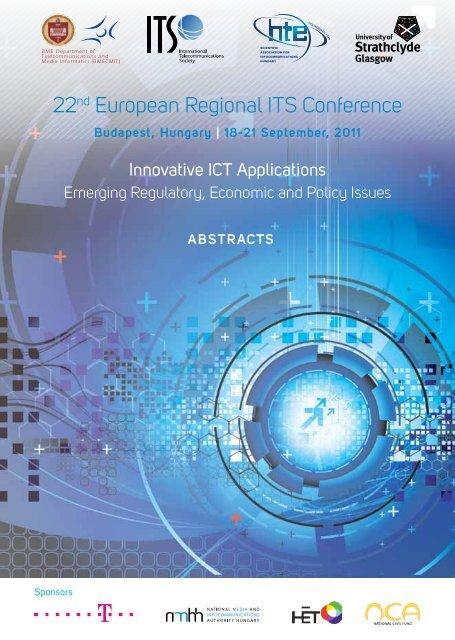The Department of Telecommunications (DoT) recently added a new service authorisation, namely ‘Machine to Machine (M2M)’ (New Authorisation) in the Unified License (UL) and Unified License (Virtual Network Operators) (UL VNO) frameworks.
Background
M2M communication is broadly described as any technology that enables networked devices or machines to exchange information and perform actions without or with minimal human intervention. M2M communication offers use cases across various industry verticals, e.g., smart devices such as wearable health devices, self-driving cars, smart electric metering are based on M2M communication technology.
Scope of services
The New Authorization will allow entities to provide connectivity and related services to ‘M2M Service Providers’, which are defined as entities that collect and analyse data from M2M devices and platforms for a commercial purpose. The New Authorization can be obtained under both the UL and the UL VNO frameworks. The UL requires the entity obtaining the New Authorization to own the underlying network to provide such services, whereas an entity opting the UL-VNO route serves as a reseller of services and relies on the network provided by third parties called ‘Network Service Operators’.
Pursuant to the New Authorisation, an entity can provide the following services:
(a) Access and integration: This service allows (i) access to resources and (ii) integration of resources.
(b) Support and control of M2M / ‘Internet of Things’ (‘IoT’) capable infrastructure: M2M communication forms a part of IoT. M2M communication works in combination with big data analytics, cloud computing, and sensors and actuators to run smart devices, e.g., enabling consumers to control devices at their home from virtually anywhere.
(c) Offering of M2M/IoT capabilities: Entities can offer services relating to provision of network capabilities and resource exposure.

(d) Provision of services through ‘LPWAN’: The entities that intend to provide services exclusively through the LPWAN (which is a type of ‘Wide Area Network’ which provides wireless connectivity to low-power devices over a large distance), or equivalent technologies using unlicensed spectrum will be required to obtain the New Authorization.
(e) Provision of services through radio access: Entities can provide M2M services through radio access as well.
Entities having ‘Access Service’ authorization and ‘Unified Access Services (UAS)’ licenses can provide the M2M services covered under the new Authorization and such entities are not required to obtain this authorization separately.
Salient Features
The following are some of the key provisions of the New Authorisation:
Comment
The New Authorisation is a welcome step, as it brings regulatory certainty to the M2M communication industry. While the New Authorisation creates a framework for M2M communication, the industry is awaiting guidelines on M2M service providers, as currently, the obligations of M2M service providers have not been delved upon. Further, there is no clarity on the use of international SIMs on permanent roaming for M2M communication.
Considering the emerging nature of the M2M/IoT technology, the government has adopted a technology agnostic approach by including M2M communication made through LPWAN or “equivalent technologies” using unlicensed spectrum within the scope of the New Authorisation.
It will have to be seen how this framework will pan out in the future, since the New Authorisation has been issued fairly recently. A soft-touch regulatory framework, with clear guidelines on compliance and implementation may provide a fillip to the Indian M2M/IoT industry.




